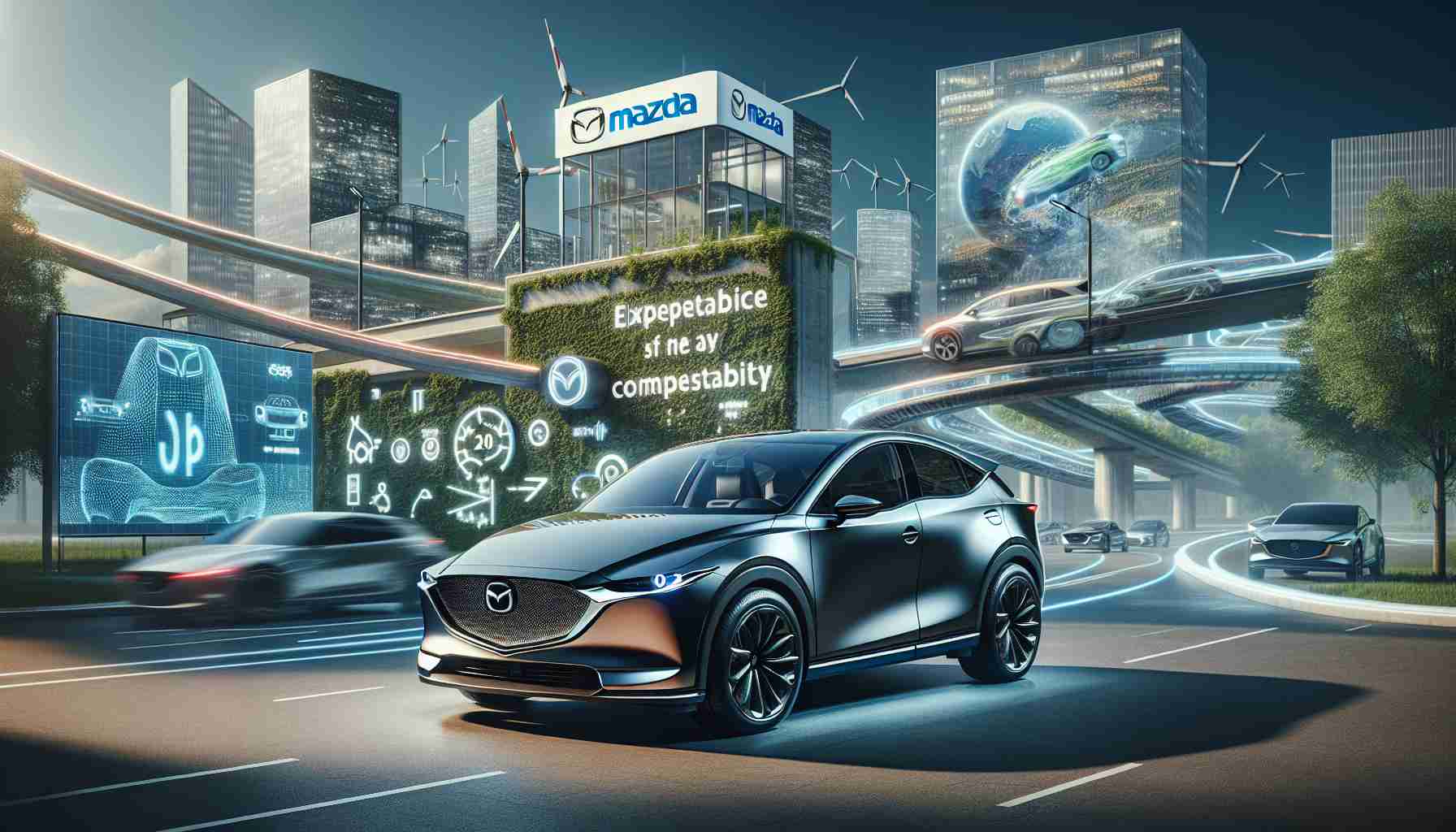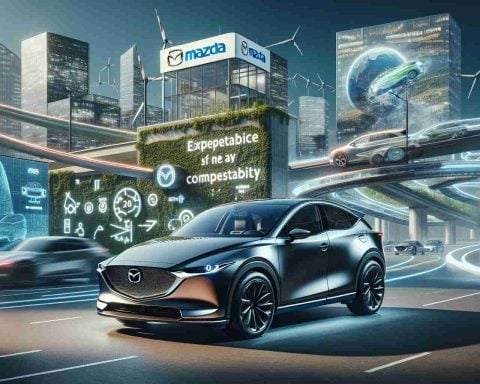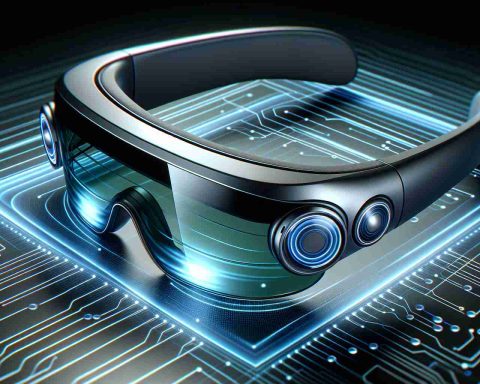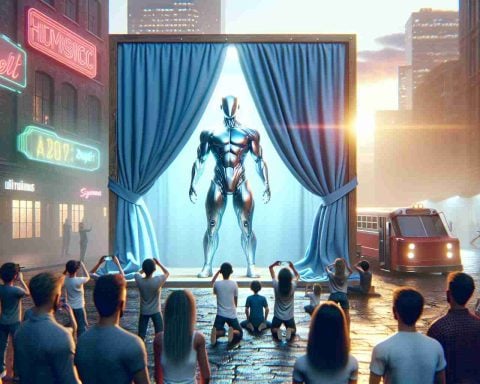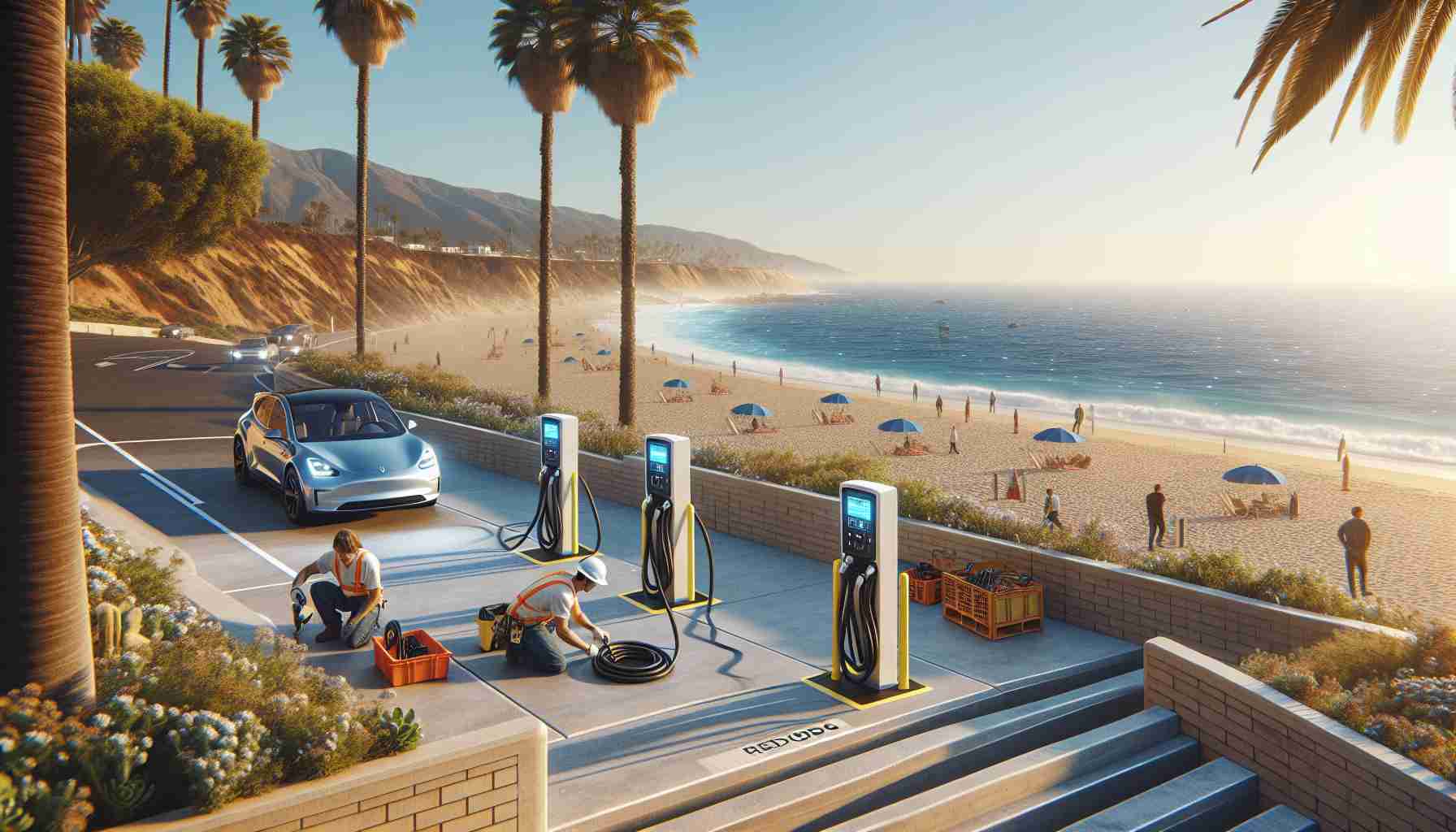Mazda is making waves with a surprising move towards electrification. Despite historically being one of the slowest to embrace the electric vehicle (EV) trend, Mazda Motor Corporation is taking a significant step forward by commissioning a 10GWh lithium-ion battery plant in Japan.
This new facility, located in Yamaguchi Prefecture, will focus on producing battery modules using Panasonic’s advanced lithium-ion cylindrical cells. It marks Mazda’s first major commitment to EV infrastructure, even though the company plans to release its first EV on a dedicated platform in 2027.
Mazda’s Dichotomy—Combustion and Electric Coexist
Mazda’s strategy sharply contrasts with that of other automakers who have swiftly transitioned to EVs. Sticking to its 2030 Management Policy, Mazda envisions a balanced approach, integrating EVs alongside combustion-powered cars. This includes the recent relaunch of rotary-engine development and new petrol engine models. Mazda’s philosophy is to offer a range of solutions, from clean diesel to hybrids and full EVs, to accommodate varying global demands while maintaining consumer choice.
Strategic Partnership with Panasonic
This strategic move is underpinned by Mazda’s partnership with Panasonic, established in 2023 for procuring cylindrical lithium-ion cells. Despite mixed results from past EV attempts, such as the MX-30, which faced limited success in the U.S. market, Mazda remains hopeful. The construction of this battery plant signifies a shift, aiming for more impactful outcomes in the burgeoning EV market.
What lies ahead may redefine Mazda’s legacy in the ever-evolving automotive landscape.
Mazda Revolutionizes Its Future: A Deeper Dive into Their Electrification Strategy
Market Insights into Mazda’s Electric Vehicle Transition
Mazda is taking a noteworthy leap towards electrification, making headlines with its new 10GWh lithium-ion battery plant in Japan. This strategic milestone highlights Mazda Motor Corporation’s evolving stance in the electric vehicle (EV) market, an industry where the company has historically been a slow adopter.
Features of Mazda’s Yamaguchi Battery Plant
Located in Yamaguchi Prefecture, the facility is set to focus on the production of battery modules using Panasonic’s advanced lithium-ion cylindrical cells. This collaboration not only advances Mazda’s commitment to EV infrastructure but also signifies an investment in high-performance and reliable battery technology. The plant’s establishment marks the beginning of Mazda’s mission to integrate more EV offerings alongside its traditional combustion engines.
Advantages and Challenges of Mazda’s Dual Approach
# Pros:
– Flexible Offerings: Mazda’s approach offers a variety of powertrains, including clean diesel, hybrids, and full EVs, catering to diverse consumer needs and global markets.
– Sustainability: The inclusion of efficient combustion technologies alongside EVs aims at a gradual transition towards greener alternatives.
# Cons:
– Market Positioning Risks: While other automakers rapidly adopt full electrification, Mazda’s slower transition might leave it vulnerable to losing market share to more aggressive competitors.
The Role of Strategic Partnerships
Mazda’s partnership with Panasonic, which began in 2023, is a cornerstone of its electrification strategy. This collaboration is crucial for sourcing high-quality lithium-ion cells essential for the new battery plant. It represents an alignment with a leading battery technology provider, which is vital for Mazda as it ventures more deeply into electrification.
Market Predictions and Future Trends
By 2027, when Mazda plans to launch its first EV on a dedicated platform, the automotive landscape may continue to shift towards sustainable practices. Market analysts predict that Mazda’s balanced approach will gradually tilt in favour of electrification, driven by advancements in battery technology and increasing consumer demand for greener vehicles.
Link to Further Resources
For more insights into Mazda’s evolving strategies and innovations, visit the official link to Mazda.
This transition marks a pivotal moment for Mazda as it navigates the evolving automotive market, balancing traditional engine technologies with the future promise of electrification.

